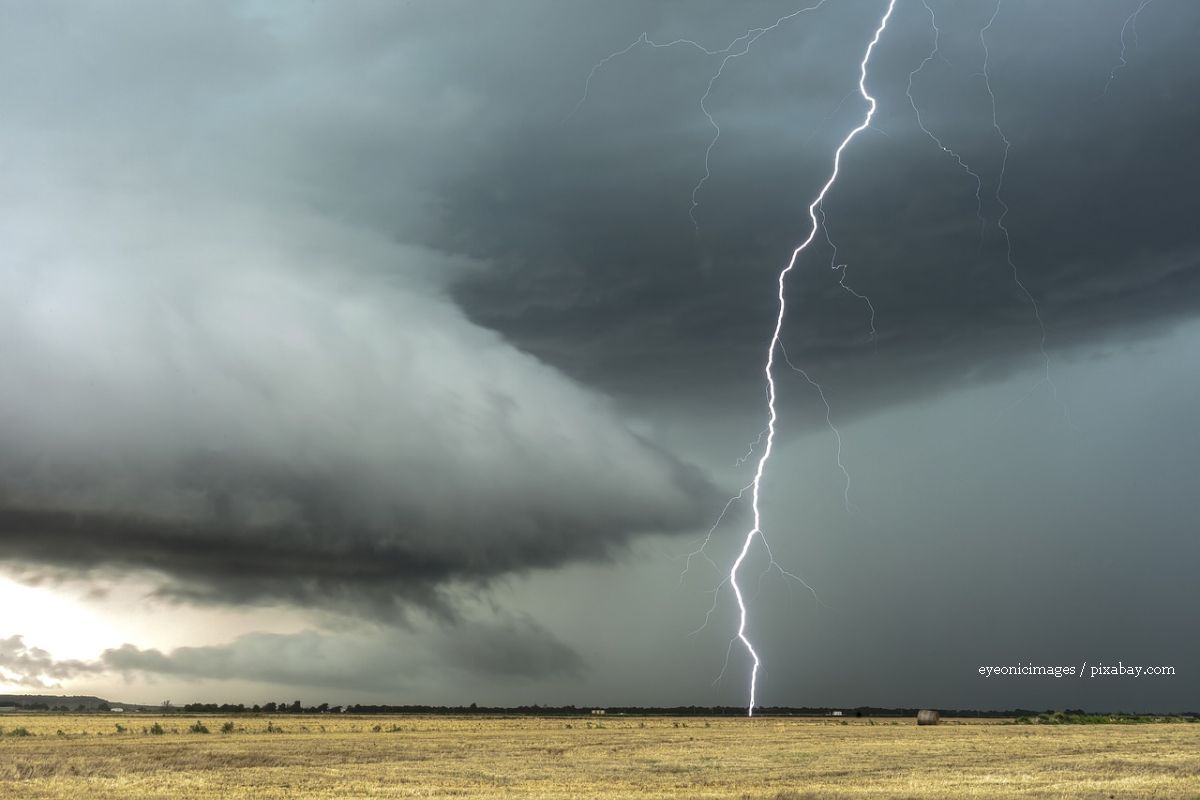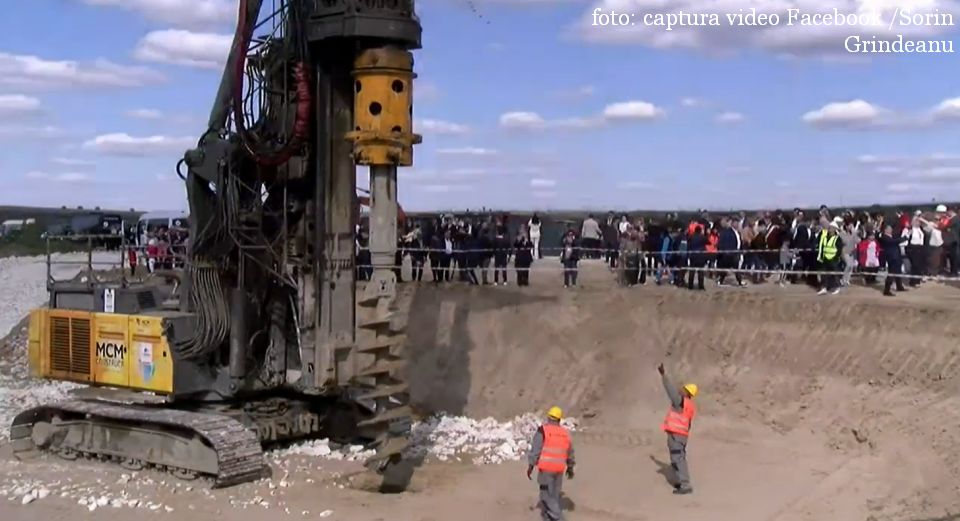Romania in the grip of severe weather
Romania struggles with severe weather, alternating between storms and heat waves

Leyla Cheamil, 14.06.2024, 14:00
Extreme weather has been reported in the past few days in Romania, with code red, orange and yellow alerts issued in various parts of the country.
Heavy rainfalls, storms and hail caused serious damages on Thursday night in several counties in the south and west of the country. An immediate severe weather alert was also in place for the capital city Bucharest and the adjacent Ilfov County.
Bucharest saw medium-size hail and strong wind, with speeds reaching 90 km/h. Heavy rainfalls and thunderstorms were also reported, and the locals were warned by the RO-Alert system not to leave their homes. Emergency Inspectorate teams were called to remove the water and the trees fallen in the streets.
The severe weather also disrupted traffic at the Otopeni International Airport, with some flights diverted to other airports.
In several counties, national roads were obstructed by the trees taken down by the wind. In Craiova (southern Romania), parks were evacuated and underpasses were closed down. Streets were flooded and tram traffic was suspended.
In Mehedinți County, in the south-west, an extremely violent storms, with gusts of wind reaching 70-80 km/h and hailstones the size of pigeon eggs, destroyed roofs and tore scores of trees, which fell on vehicles. The roofs of two school buildings were ruined.
In rural areas, hailstorms destroyed hundreds of hectares under wheat and barley crops just before harvest time, as well as maize, sunflower and vegetable crops, vineyards and orchards.
Several areas in the south of the country were under code yellow and orange alerts for heat, and the heat stress index was around the critical 80 units.
It is an atypical summer, with extreme weather occurrences, including hailstorms, heavy rainfalls and heat waves, according to experts, who expect such phenomena to be even more frequent in the forthcoming period. Specialists estimate that 2024 will be the toughest year since 2016 in terms of weather conditions. They also say that, at least this year, extreme weather occurrences are going to be much more frequent, with hailstones, for instance, much larger than in previous years.
Since April 15, as many as 94 hail cannons have been used to fight this phenomenon. The system has been fiercely opposed by some farmers, who argue that the use of hail cannons leads to reducing or preventing rainfall, although so far there is no scientific evidence in this respect. (AMP)






























